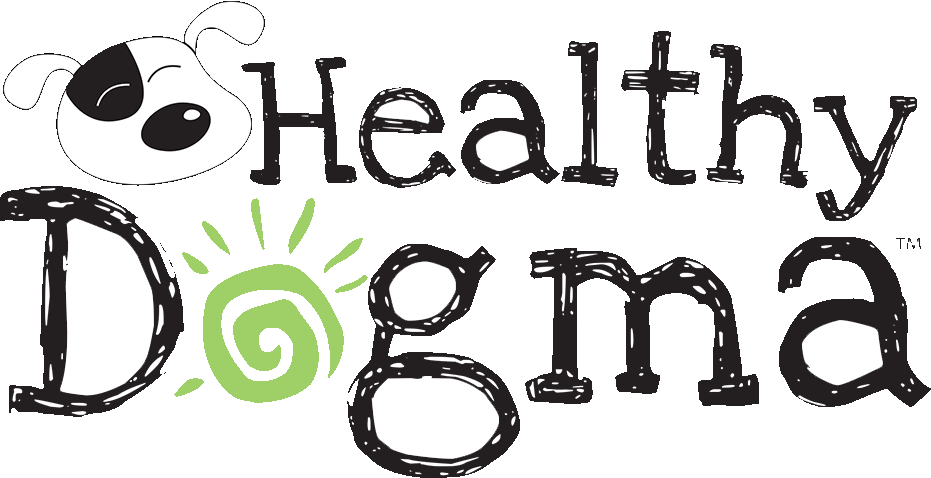It’s good to know what your dog’s poop should look like, or when it doesn’t, so you can spot possible health concerns early on.
What Should Dog Poop Look Like?
A dog's stool can vary with diet, age, and health. Still, you’ll want your dog’s poop to meet a few basic criteria.
4 Signs of healthy dog poop:
- Medium-brown color
- Log-shaped
- Firm but not hard
- Easy to pick up without leaving residue
If your dog’s poop changes drastically and doesn’t bounce back in a day or two, it may be time to reach out to your vet.
#1 Color:
-
Chocolate-brown: This is the ideal color for dog poop, indicating normal digestion.
-
Black: Can signal bleeding in the upper digestive tract.
- Grey or greasy: Could indicate pancreatic or biliary problems.
-
Green: Could result from eating grass, or in some cases, a gallbladder issue.
-
Orange or yellow: May point to liver or bile-duct problems.
-
Red streaks: Indicates fresh blood and needs vet attention.
-
White spots: May be tapeworm segments.
#2 Shape & Texture:
Healthy dog’s poop should be log-shaped, firm yet slightly soft, and leave minimal residue when picked up. If the stool is pebble-like and dry, your dog may be dehydrated or constipated. If it’s mushy or very loose, that suggests digestive upset.
#3 Size & Volume:
Poop size depends on your dog’s breed, diet, and fiber intake. More fiber generally means larger volume. The amount should be roughly in line with the amount of food they eat; if something seems out of balance, it’s worth looking into.
#4 Frequency Matters Too:
Most adult dogs poop once or twice a day. Puppies may go more often; senior dogs might go less. If your dog hasn’t pooped in 24 hours or is going more than three times a day, it could indicate a problem.
#5 And Yes… Smell Counts:
Dog stool will never smell like roses, but it shouldn’t be overwhelmingly foul either. A strong, bad smell may suggest poor digestion or diet issues.
FAQs | Healthy Dog Poop Explained
Q. Can changing food affect poop consistency?
A. Yes, big time. Sudden diet changes often lead to soft stool or diarrhea. Always transition gradually over 7–10 days to allow the gut to adjust.
Q. How many times should a dog poop each day?
A. Most dogs go once or twice daily, ideally after meals. Puppies may poop up to five times a day simply because they digest food more quickly.
Q. What should I do if I see blood in my dog’s poop?
A. Red streaks are typically fresh blood from irritation near the rectum, but the cause could still be serious. Collect a sample if possible and contact your vet as soon as possible, especially if your dog seems unwell.
Q. What causes sudden diarrhea in dogs?
A. 6 most common diarrhea triggers in dogs
- Human food or garbage snacking
- Rapid food changes
- Parasites or illness
- New medications (like antibiotics)
- Stress or excitement
- Water from ponds or puddles
Q. How can I reduce stress-related diarrhea?
A. Introduce changes slowly, new home, new pet, travel, visitors, etc. You can also reduce stress-related diarrhea in 3 ways:
- Maintain a consistent feeding routine
- Offer a quiet, safe resting space
-
Consider a probiotic for gut support before stressful events
Q. How Do I Ensure My Dog's Poop Stays Healthy?
-
Offer a consistent, balanced diet that’s easily digestible, much like our Original PetMix dog food, which is crafted for optimal gut health. Not to mention, grain-free can help if your dog has sensitivities that might lead to loose stool.
-
Always ensure they have access to fresh water and sufficient exercise.
-
Avoid sudden changes in food; transition gradually.
-
Monitor their stool daily; you’re often the first to spot minor changes.
Final Thoughts
Your dog’s poop may not be the most glamorous topic, but it’s one of the easiest ways to keep an eye on their health. Strive for consistency in color, shape, texture, and frequency, as stability across these factors usually indicates your dog’s digestive health is doing just fine. Should something noticeably change, however, it’s always best to check with your vet sooner rather than waiting.


